A Family Getaway In The Beautiful Mountains Of Nagatoro
Reconnect with nature on the outskirts of Saitama
A mountain range, an ornate shrine and the mighty Arakawa River running through it, Nagatoro is the unhurried tourist town with a whole lot going on.
Just two hours north of Tokyo lies Nagatoro, a beautiful town nestled in Saitama’s Chichibu district. This family-friendly spot makes up the Prefectural Nagatoro Tamayodo Natural Park, with the Nagatoro Valley designated as a natural monument. Humming yet rarely crowded, with easy access and plenty of options within walking distance to keep the whole family happy, the beauty of Nagatoro will draw you back time and time again.
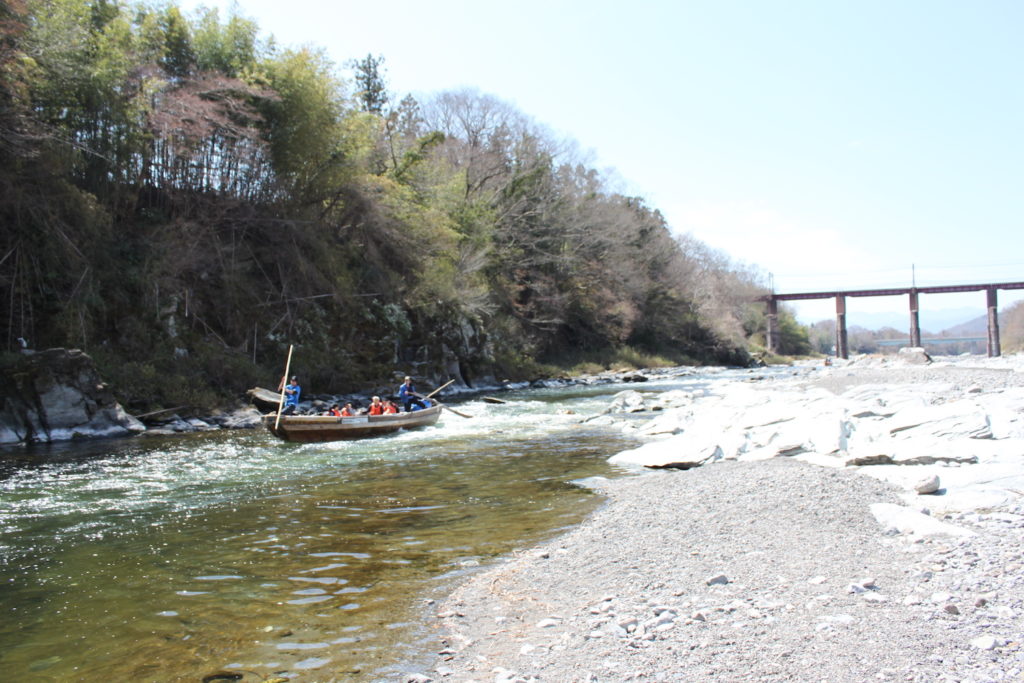
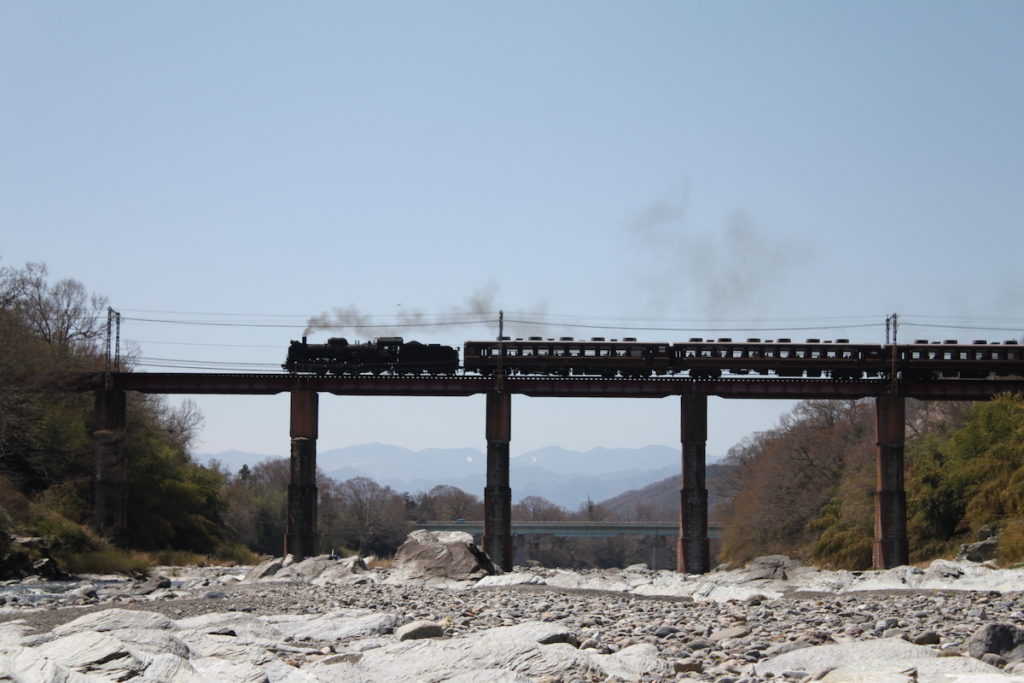
On our recent late autumn-early winter family trip, we started by making a quick stop at the Nagatoro Tourist Information Center, just across from Nagatoro Station, to get some maps and advice on trail conditions before heading off on our adventure. The information center is an excellent resource for visitors, with services like baggage check-in (bye-bye, stroller!), bicycle rentals, wheelchair loans, and nursing rooms.
As we had arrived early with time to spare, we decided to loop back across the train tracks and wander along the shop-lined Iwadatami Street (known as the Nagatoro Shopping District), sampling local delicacies on our way to the Arakawa River.

After a short walk, we arrived at the rock-lined river’s boat landing where riverboats of tourists were coming and going on their excursions.
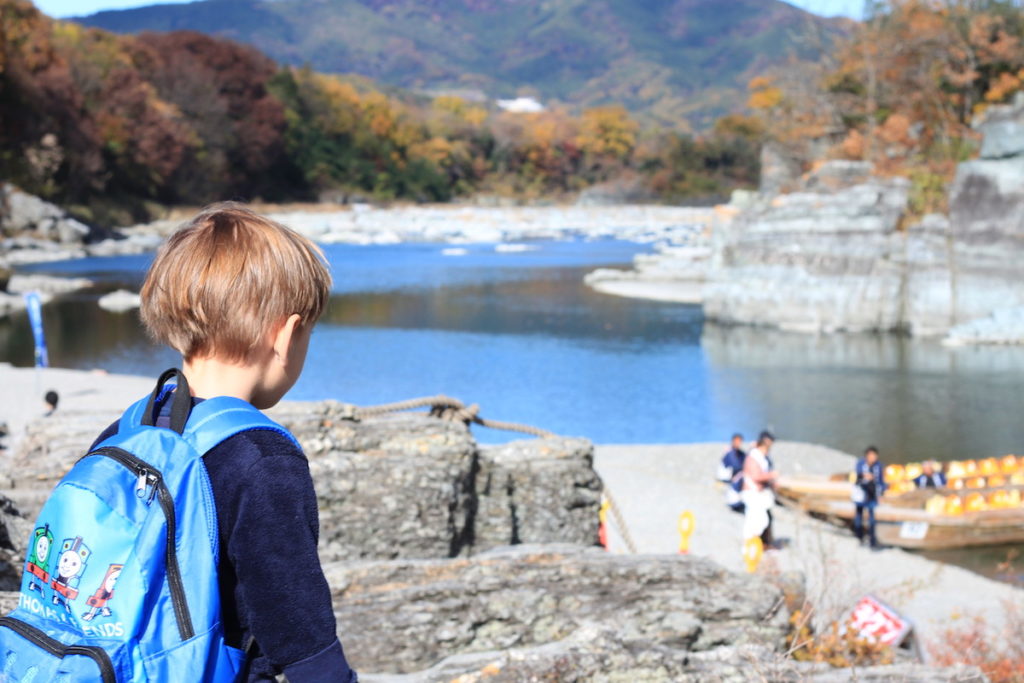
The kids relished the chance to clamber over the curious rock formations along the riverbanks, created by erosion from the river and changes over the centuries in the earth’s crust. This geological wonder is named Iwadatami (tatami rock mat) as the long, flat rocks are said to resemble tatami mats.
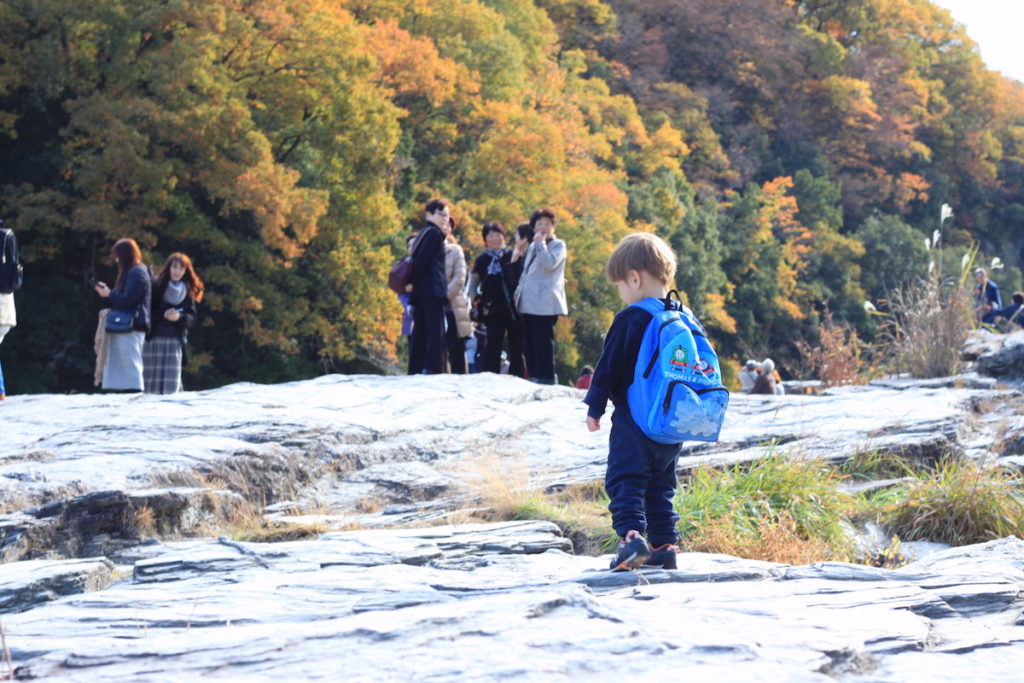
From the river, we headed back up to the main road through the towering torii gates spanning the road to visit Hodosan Shrine, an easy 20-minute walk.
An ornate wooden shrine
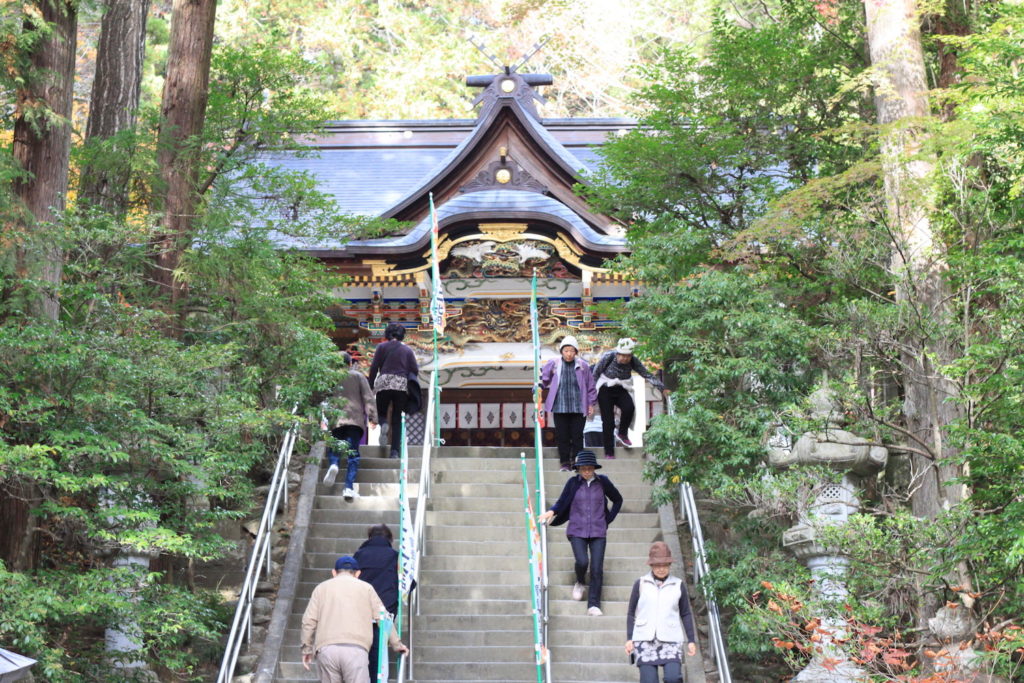
Originally built in the year 110, the exquisitely carved Hodosan Shrine stands at the foot of Mt. Hodo. Ancient legend has it that during the reign of the 12th Emperor Keiko, Prince Yamato Takeru and his army climbed Mt. Hodo to offer prayers to Shinto deities when they were suddenly caught in a mountain forest fire. Close to death, black and white dogs appeared and subdued the fire. Danger averted, the dogs guided the prince and his army to the summit before vanishing mysteriously. Prince Yamato Takeru declared the dogs to be divine messengers and promptly built a shrine to honor Emperor Jimmu, the founder of Japan, and the gods of mountain and fire.
[T]he beauty of Nagatoro will draw you back time and time again.
Our kids enjoyed climbing the steps to ring the shrine bells and spotting mythical creatures on the carvings decorating the main sanctuary. We were thrilled with the shrine’s striking goshuin (a handwritten seal and stamp given to shrine and temple visitors, pictured below), which we had inscribed on our goshuin stamp book for a modest fee.
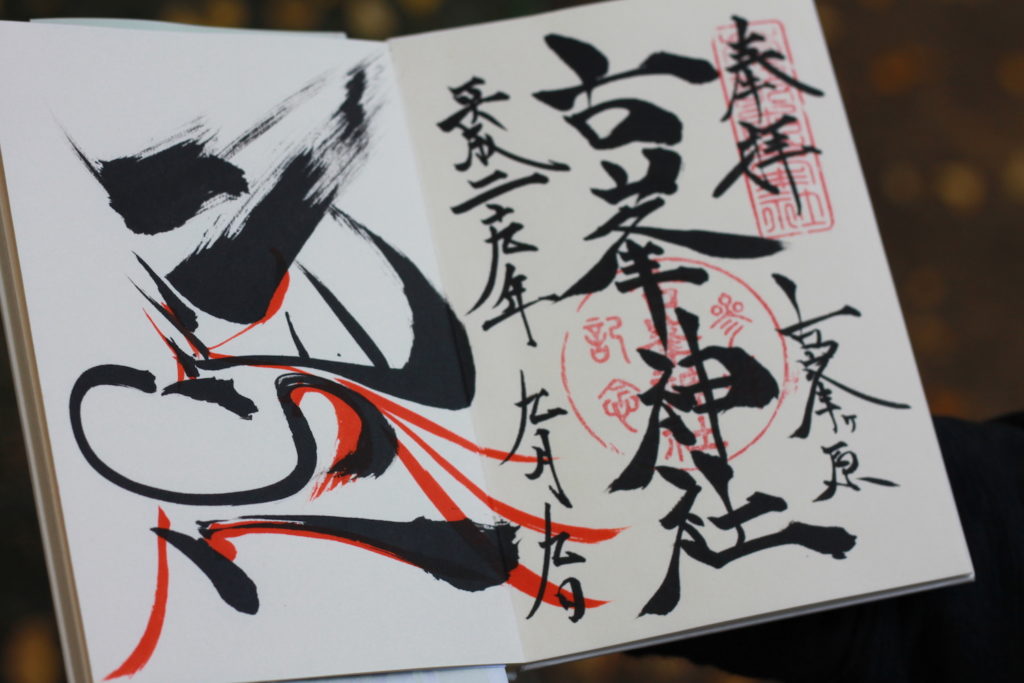
A hike on a mythical mountain
While there are many baby-friendly hiking courses in the area, with toddlers in tow, we opted for the Hodosan Hiking Course, a simple one-hour walk (around 4 km) along a wide gravel road occasionally used by service vehicles.
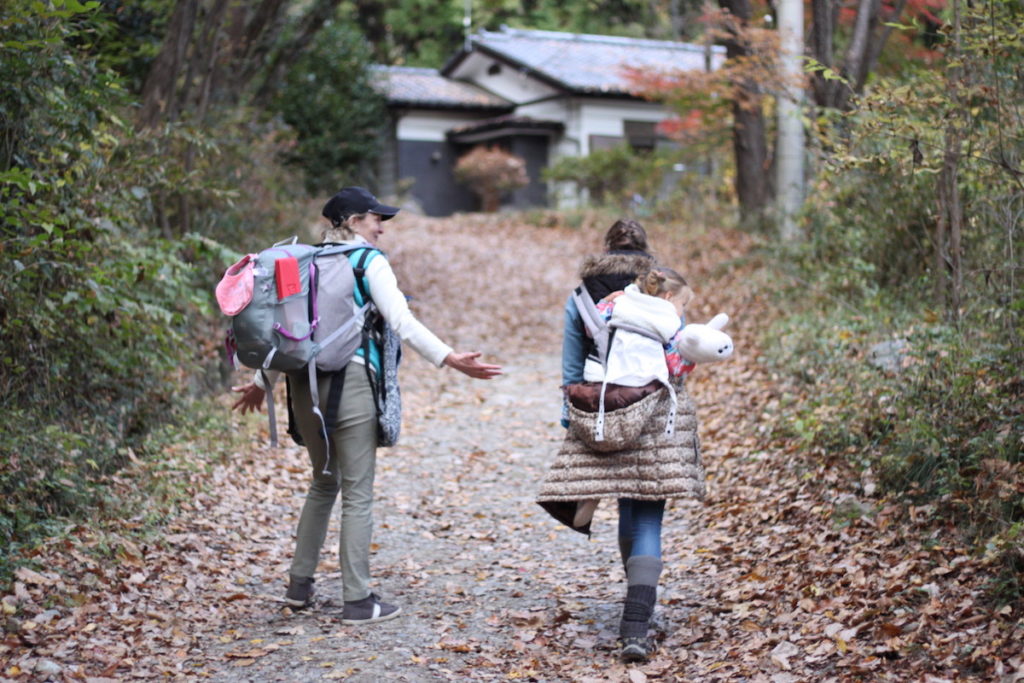
Located just past Hodosan Shrine, the route offered beautiful views down over Nagatoro Town along the way. From the end of the trail, we spotted Hodosan Small Animal Zoo, which precariously clings to one side of Mt. Hodo.
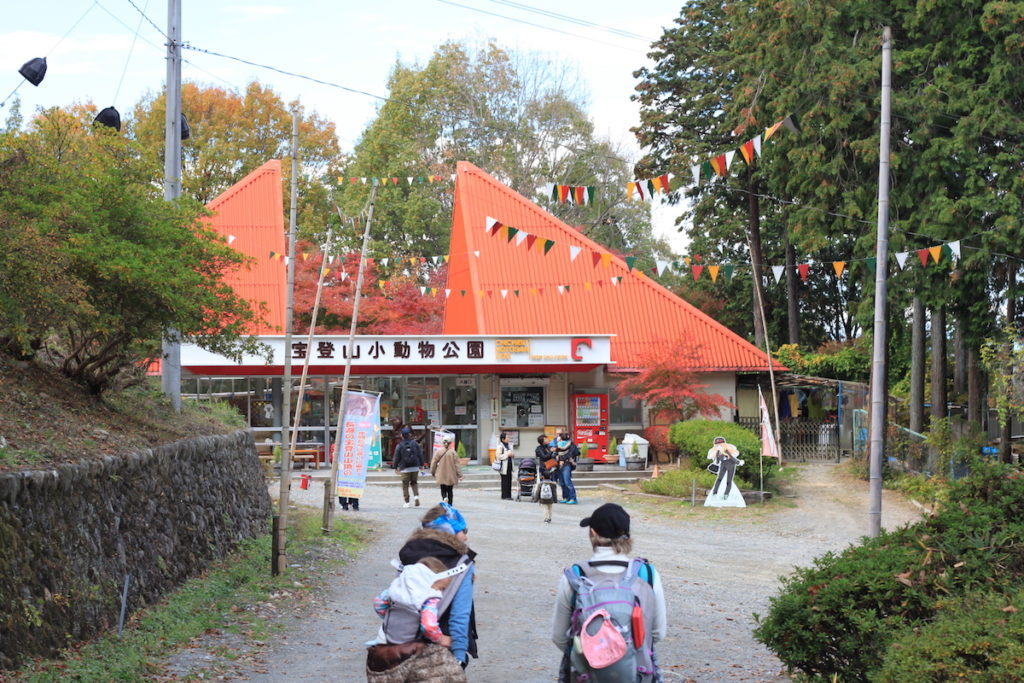
With its distinctive pointy orange roof, the Hodosan Small Animal Zoo was impossible to miss. For ¥500 entry for us adults and ¥250 for the kids (over three), we fed farm animals and saw native animals like Japanese monkeys and raccoons. My young son, oblivious to any animal welfare concerns plaguing his mother, delighted in throwing food to the monkeys and feeding carrots to the goats.
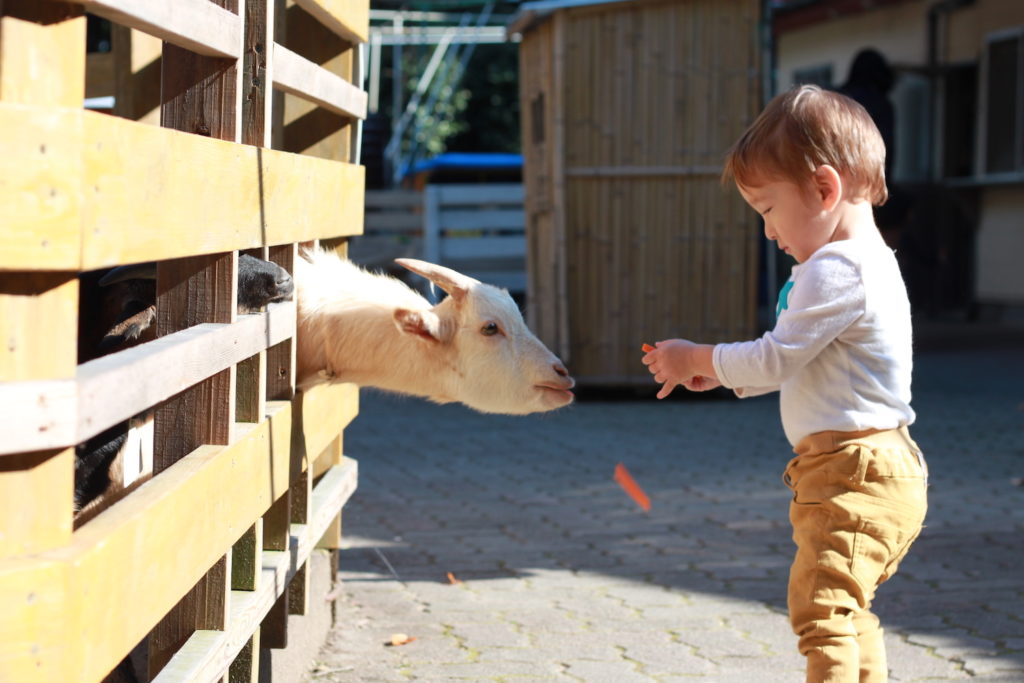
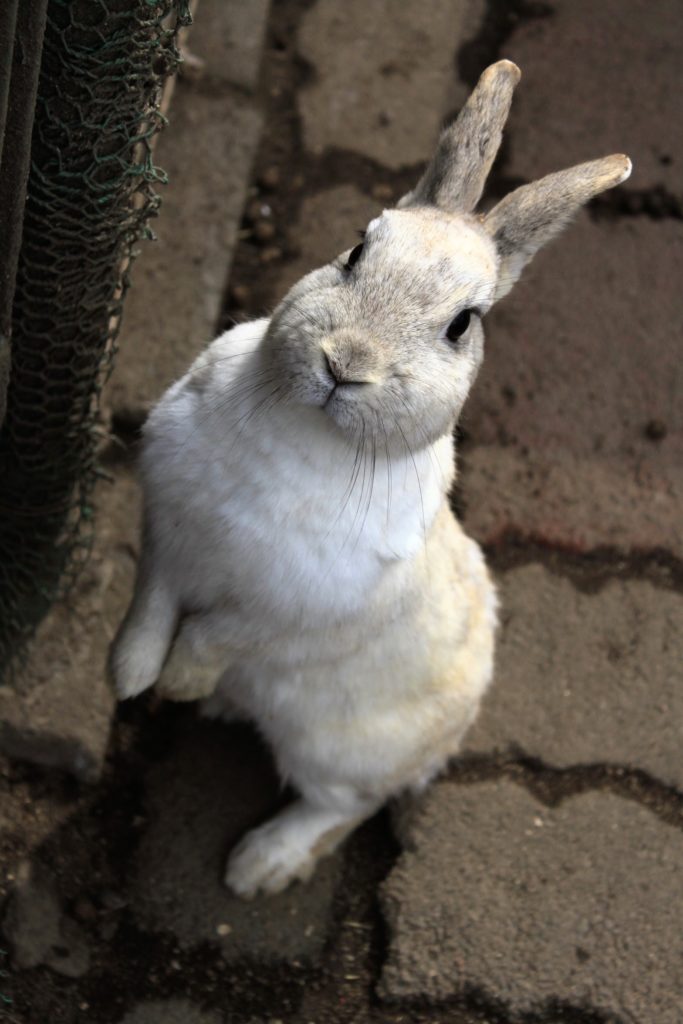
Heavenly views and the heady scent of robai
From the zoo, the trail up to the summit of Mt. Hodo was directly on the right—an easy 15-minute hike along a forested dirt trail. At the summit, we sat on benches savoring the stunning views across Chichibu City, with the Arakawa River meandering through in the valley below and the mountains of Chichibu framing the horizon.
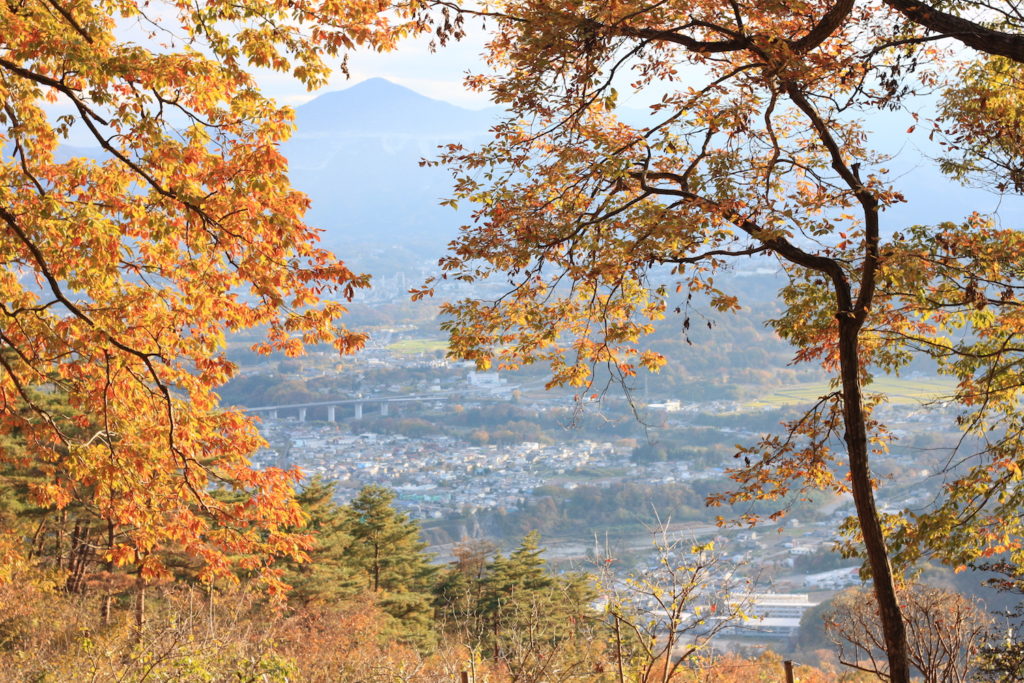
The area leading to the peak of Mt. Hodo is planted in flower groves so there are blooms to enjoy throughout the seasons. Of all these, perhaps the mountain is best known for its sprawling grove of 3,000 robai shrubs (wintersweet or Japanese allspice), which color the peak bright yellow every February, a welcome contrast to the desolate winter landscape.
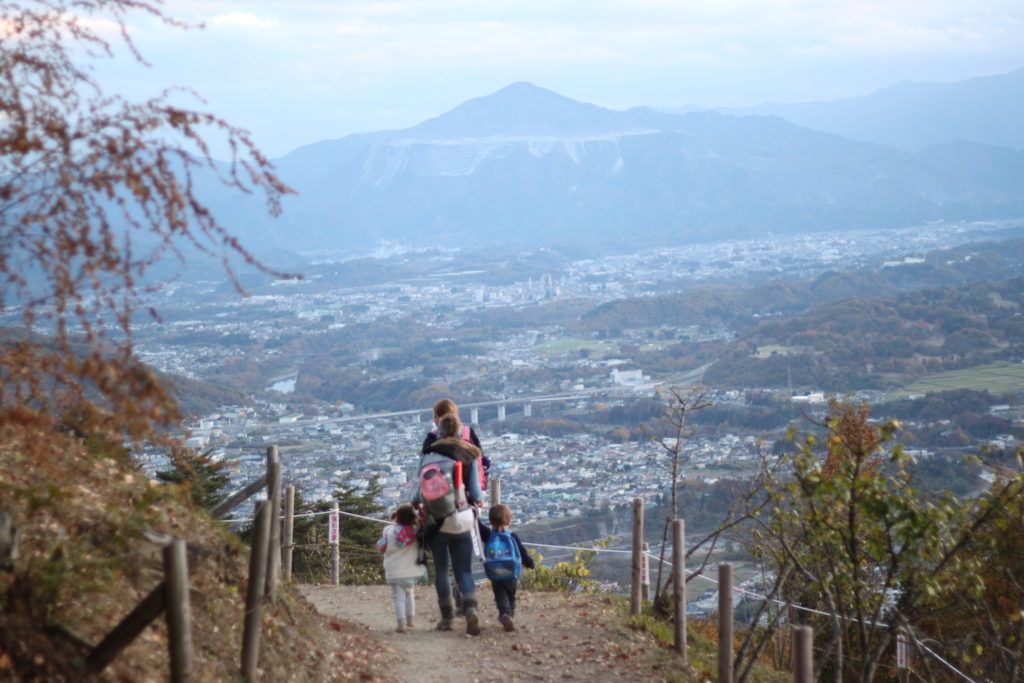
We zigzagged down from the summit through the wintersweet grove, inhaling the scent of their aromatic flowers on the short walk to the Hodosan Ropeway.
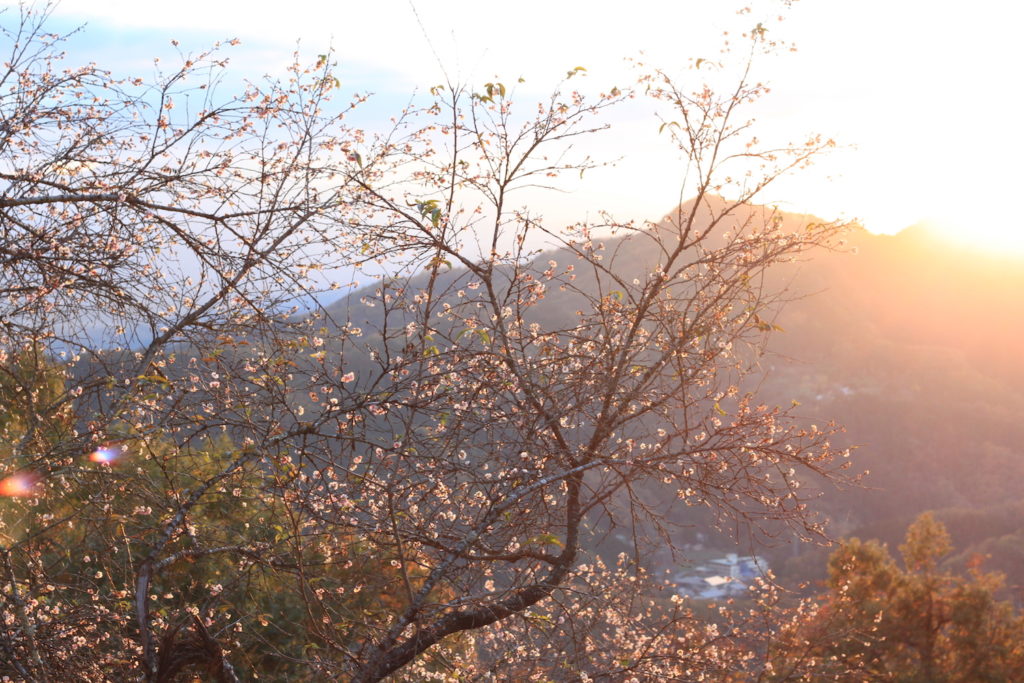
The aerial gondola lift ferries visitors from the base station (situated just above the Hodosan Shrine at the foot of the mountain) to a lookout point just below the summit of Mt. Hodo. Our kids squealed with delight as the ascending gondola lift passed us in the setting winter sun.
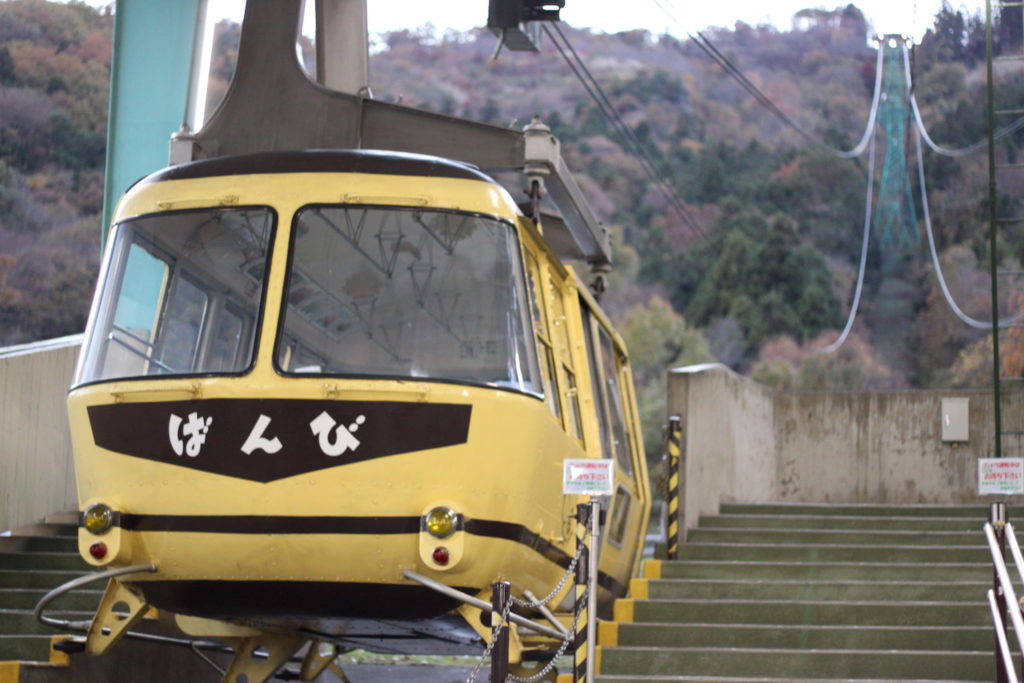
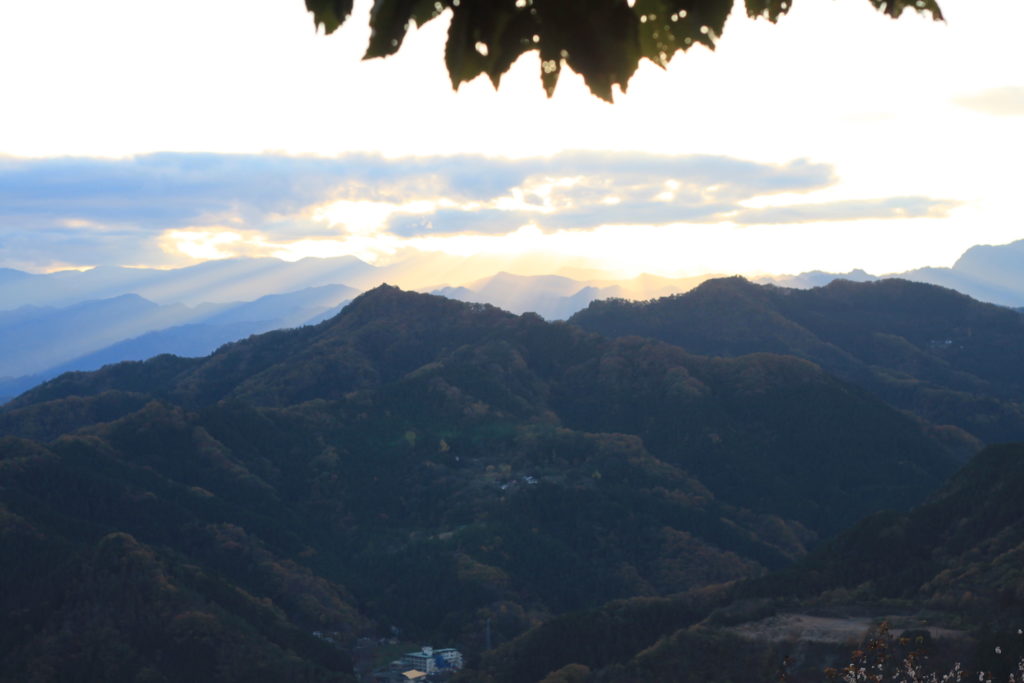
Noodles and time to head home
Hungry after a day full of excitement, we had several dinner options to choose from on our walk back down to Nagatoro Station from the gondola. While it would have been fun to dine somewhere new, we couldn’t resist another meal at our favorite (and kid-approved) Sakurai Soba Restaurant, located on the intersection just across from the torii gates. With handmade noodles and tempura, a tatami dining area with toys for the kids, views of Mt. Hodo from the second-floor windows and easy on the budget, this unpretentious noodle house is our favorite place to fill hungry tummies before the train ride home.
Tired, but happy and uplifted, we headed back home already planning another visit to Nagatoro. Perhaps in spring.
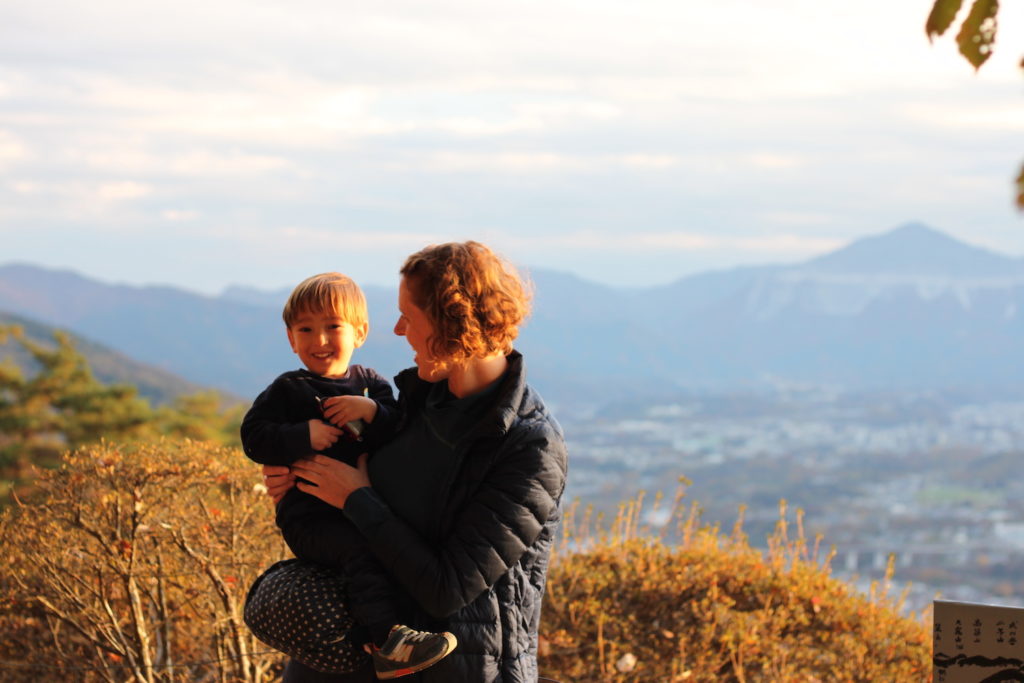
Getting there:
Take the train to Nagatoro Station on the Chichibu Main Line, 1hr 40 minutes north of Ikebukuro on the Seibu-Ikebukuro or Tobu Tojo Lines, or 1hr 50 minutes north of Ueno on the JR Line. The Hodosan Ropeway is open from 9:40 a.m. until 4:45 p.m. (closing times vary depending on the season) and costs ¥820 per adult and ¥410 for children (round-trip) or if one-way, ¥480 (adults), ¥240 (children). For more information about the area, see Nagatoromachi Tourist Association.
Know before you go. Savvy Tips:
- Free shuttle bus: On weekends and public holidays, a free shuttle bus takes visitors between Nagatoro Station and the base of Hodosan Ropeway. A great option if the kids refuse to walk up the main road (which has happened to us before!) or are exhausted on the way home.
- Spend the night! There are plenty of places to stay both in Nagatoro, or a short train ride away in Chichibu. With riverboating, white-water rafting, seven main hiking trails, locomotive-spotting on weekends and public holidays, Saitama Prefectural Museum of Nature, Nagatoro Town Museum with its historic silkworm farmhouse and Nagatorogura Sake Factory and Boutique Store, enough shrines and temples to do a whole pilgrimage (and much, much more!) all within easy walking distance, there is plenty to do for an entire weekend. Here is a list of accommodation options (Japanese only).
- Take your stroller: Stow your stroller in the Nagatoro Tourist Information Center right outside Nagatoro Station. Or a jogging stroller can easily handle the gravel terrain on the Hodosan Hiking Course.












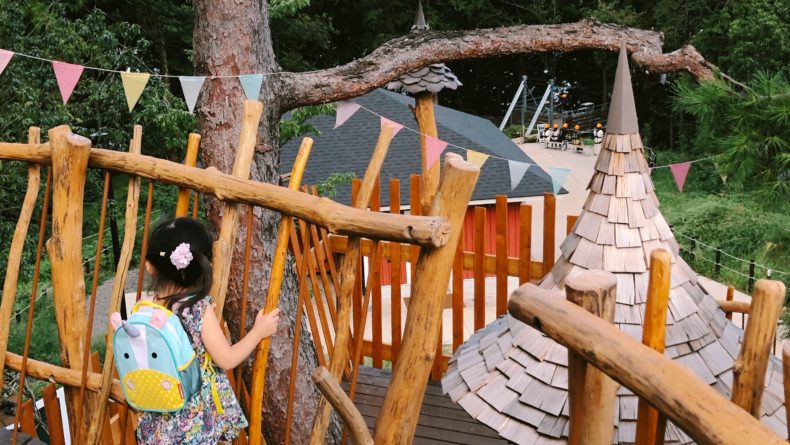
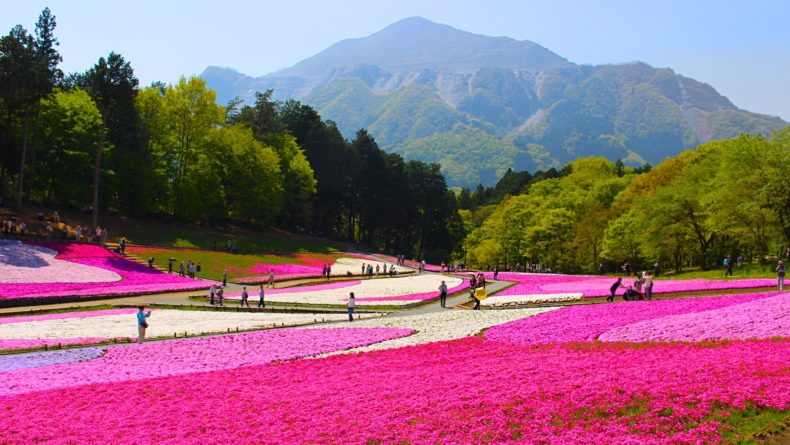
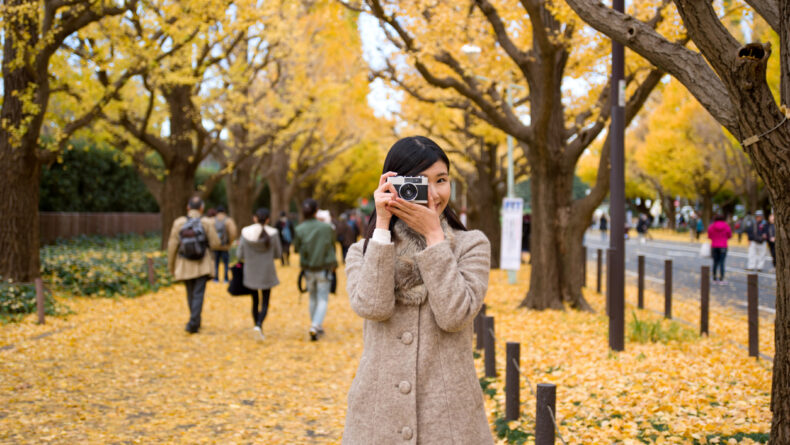
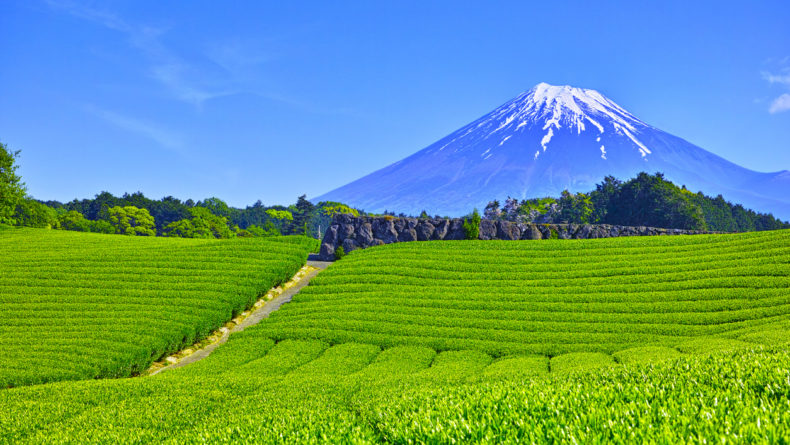
Leave a Reply